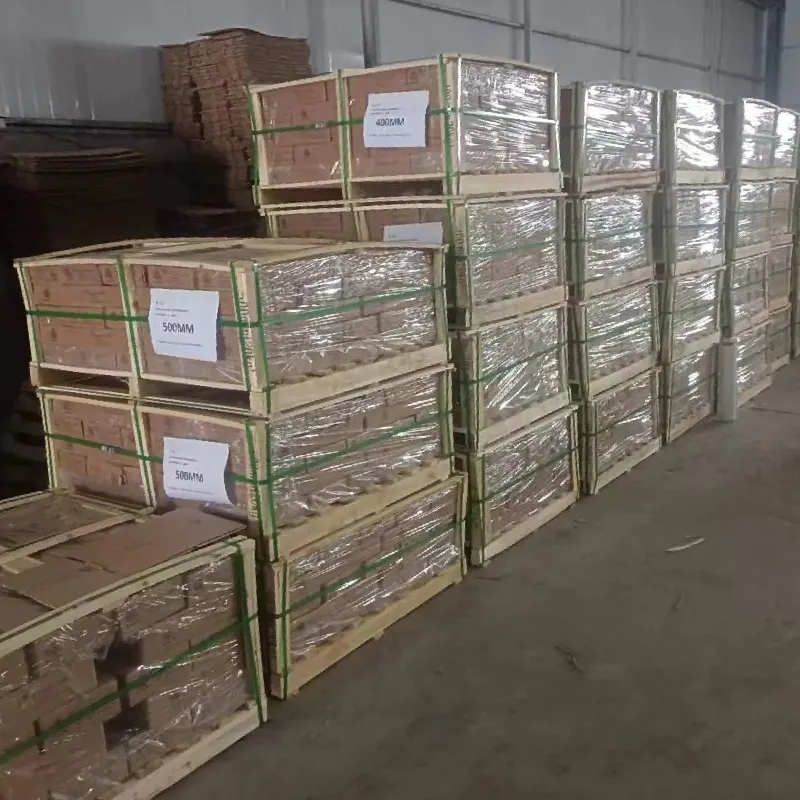Nov . 25, 2024 11:20 Back to list
roof sheathing nails
Understanding Roof Sheathing Nails Importance and Best Practices
When it comes to roofing construction, every detail matters, and one crucial aspect that should not be overlooked is the selection and application of roof sheathing nails. These small yet significant components play a vital role in the integrity and durability of a roofing system.
What are Roof Sheathing Nails?
Roof sheathing nails are specialized fasteners used to attach the sheathing material—typically plywood or oriented strand board (OSB)—to the roof trusses or rafters. These nails not only help secure the layers that form the roofing system but also contribute to the overall stability and strength of the structure. Choosing the right type of nails is essential for ensuring that the roof can withstand various environmental conditions, including wind, rain, and snow.
Types of Roof Sheathing Nails
There are several types of nails used for roof sheathing, with the most common being
1. Common Nails These are conventional nails that can be used for various types of construction, including roofing. They are known for their strength and holding capability.
2. Galvanized Nails These nails are coated with zinc to prevent rust and corrosion. They are especially important in areas with high humidity or exposure to moisture, as they enhance longevity.
3. Stainless Steel Nails While more expensive, stainless steel nails offer superior resistance to corrosion and are often recommended for coastal regions where saltwater can accelerate corrosion.
4. Ring Shank Nails These nails have ridges along the shaft, providing better grip and holding power. They are particularly beneficial in areas with high wind loads.
roof sheathing nails

Importance of Proper Installation
The installation process of roof sheathing nails is just as important as their selection. Here are some best practices to ensure a successful application
1. Spacing Matters The spacing of the nails should comply with local building codes and manufacturer recommendations. Typically, nails are spaced 6 to 12 inches apart, depending on the structure's requirements.
2. Depth of Nailing Nails should penetrate the sheathing and drive into the underlying trusses/minimum two inches into the framing for optimal support. Ensuring that the nails are not overdriven is crucial, as this can compromise their holding power.
3. Avoiding Overlaps When installing sheathing panels, it’s essential to avoid nail overlaps that can lead to weak points in the roof.
4. Consider Environmental Factors Assessing the environmental conditions in your area can dictate the best type of nail to use. For example, in areas prone to termites or moisture, using galvanized or stainless steel nails is advisable.
Maintenance and Inspection
After installation, maintaining the roof system is essential for long-term performance. Regular inspections can help identify any issues early on. Look for signs of rust on the nails or any loose sheathing, which could indicate deteriorating conditions. Addressing these problems promptly can save homeowners from extensive repairs down the line.
Conclusion
In summary, roof sheathing nails may seem like a minor component in the grand scheme of roofing construction, but their significance cannot be overstated. Choosing the right type of nails and ensuring proper installation practices are key to a durable and resilient roof. By investing time and care in selecting and installing roof sheathing nails, homeowners can enhance the longevity and integrity of their roofing systems, safeguarding their homes against the elements for years to come.
-
The Role of Field Wire Fence in Grassland Conservation
NewsJul.15,2025
-
Stainless Steel Razor Wire Durability in Coastal Environments
NewsJul.15,2025
-
Enhancing Home Security with Mesh Fences
NewsJul.15,2025
-
Diamond Mesh Wire for Small Animal Enclosures
NewsJul.15,2025
-
Common Wire Nail Tensile Strength Testing for Woodworking
NewsJul.15,2025
-
Barbed Wire Corrosion Resistance Galvanization Techniques
NewsJul.15,2025









